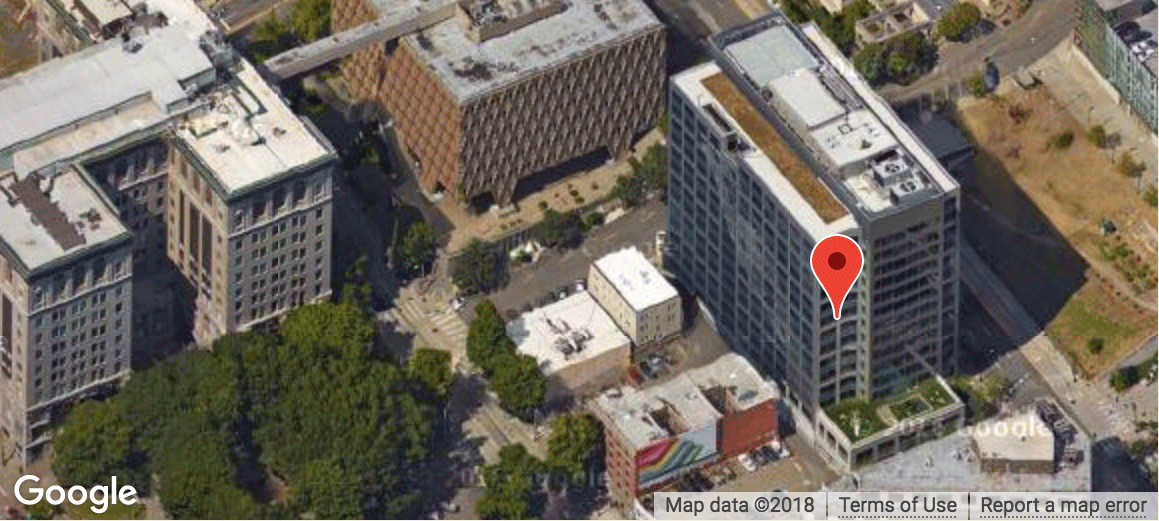9-point Metro Transit budget action plan
Summary
Action 1 – Deferred bus service expansion by first scaling back growth with the exception of the RapidRide program and already-approved Service Partnership agreements. The revenue gap assumes growth in bus service, primarily associated with the implementation of Transit Now. Delaying that expansion closes the gap. This effectively leverages funding from other agencies and saves $36 million over the next four years.
Story
Action 1 – Deferred bus service expansion by first scaling back growth with the exception of the RapidRide program and already-approved Service Partnership agreements. The revenue gap assumes growth in bus service, primarily associated with the implementation of Transit Now. Delaying that expansion closes the gap. This effectively leverages funding from other agencies and saves $36 million over the next four years.
Action 2 – Substantially cutting the capital program by reprioritizing the Metro Transit capital program, mainly by purchasing fewer buses. With service cuts and delayed expansion we need fewer investments. This saves $83 million over the next four years.
Action 3 – Non-service related cuts. My plan calls for reducing programs not associated with “basic service” by roughly 10%. Programs include reorganizations and efficiencies, fewer new transit police, eliminating of much of our printed materials, reductions in customer service and park and ride landscaping, and increased cleaning cycles for buses. These were selected in a way that allows Metro to minimize impacts to its service and save $27 million over the next four years.
Action 4 – Raising new revenue through a property tax swap. As announced two weeks ago, by re-prioritizing transportation dollars now spent on passenger ferries to buses by using 5.5 cents of the new property tax authority granted by the 2009 legislature.
By law, the first 1 cent of this must be dedicated to expanded bus service across SR 520 while the remaining 4.5 cents will be used to preserve planned new RapidRide service around the county. This would be offset by rolling back 4.5 cents of the Ferry District levy and 1 cent of the AFIS levy. The 5.5 cent new property tax levy for Metro would raise $58 million over the next four years.
More importantly, using the property tax in this way will create dedicated, sustainable service for more than 16 million riders annually on crucial transportation corridors that link our urban centers and jobs.
Action 5 – Tapping into operating reserves to help stabilize service levels. Current county financial policies call for maintaining a 30-day operating reserve of $50 million. While some reserves are needed, it makes little sense to be adding money to reserves while cutting service. During this financial emergency, lowering this amount to roughly two weeks of operating reserves will help in 2009 and beyond by stabilizing service levels and offsetting additional fare increases, freeing up $40 million over the next four years.
Action 6 – Increasing fares by 25 cents in 2011. Bus riders must also be part of the solution. This increase is in addition to an already planned 25-cent fare increase in 2010 and recent increases in 2008 and 2009. This will improve our estimated operating-revenue to operating-expense ratio to 28 percent. It is also a more modest approach to increasing fares than the council has proposed, and is intended to balance cost recovery with affordability to transit riders rather than driving them away when they need transit most. This will result in $35 million more in net revenue over the next four years.
Action 7 – Using fleet replacement reserves to help stabilize the revenue base and significantly help with the deficit during this crisis. Using the one-time excess fleet replacement reserves recently identified by the county auditor and spending them over the next 4 years will save $100 million over next four years to support existing service levels.
Action 8 – Implementing operating efficiencies from the forthcoming transit performance audit recommendations. There is a Metro performance audit currently underway that is likely to identify operating efficiencies that the auditor and Metro staff believe will help the agency achieve some of the efficiencies indicated, particularly in how service is planned and scheduled. To the extent Metro can achieve these efficiencies over the next few years, these savings are likely to offset or “buy back” a portion of the anticipated service reductions. However it is premature to assign a dollar savings to these efficiencies today.
Action 9 – Reducing bus service. Despite all the actions outlined above, there is still a remaining deficit of about $30 million over the biennium and $90 million over the next four years. This amount equates to a bus system that will need to shrink by 310,000 hours of annual service over the next two years or roughly 9% of the overall bus system.
Implementation of this plan requires legislative action by the King County Council and the Regional Transit Committee. Specifically, it would require adoption of new policies to “suspend” service and restore what was cut first, rather than reallocate it under existing policy. Changes will also be needed to the Transit Now phasing plan through an update to Metro’s 10-year Strategic Plan. Other policy changes will be needed related to the fare increases and operating reserve requirements.
These proposed policy changes will be coordinated with the transit budget proposal and submitted soon to the Regional Transit Committee and county council for consideration.

 Translate
Translate

